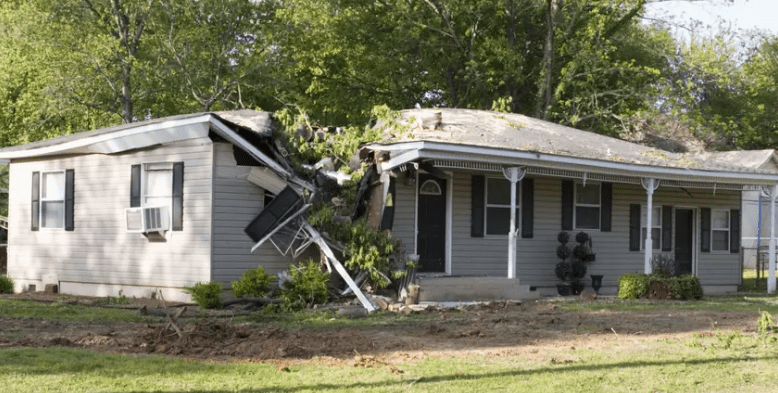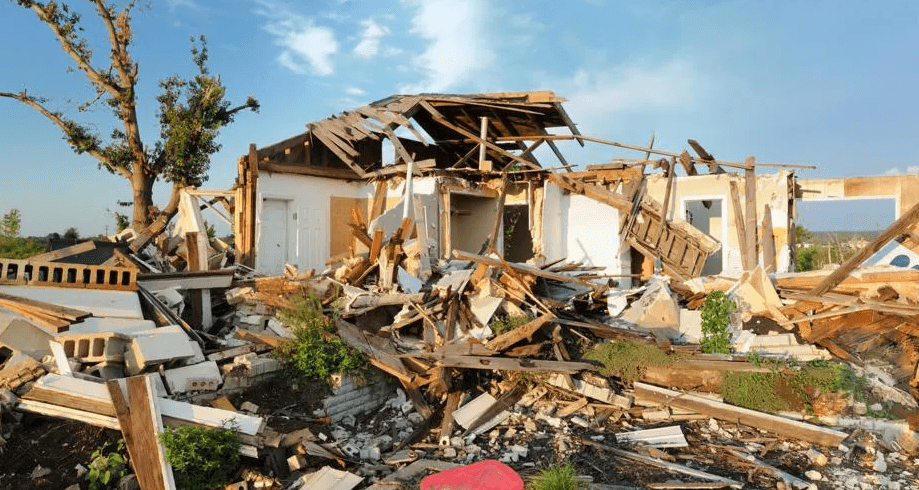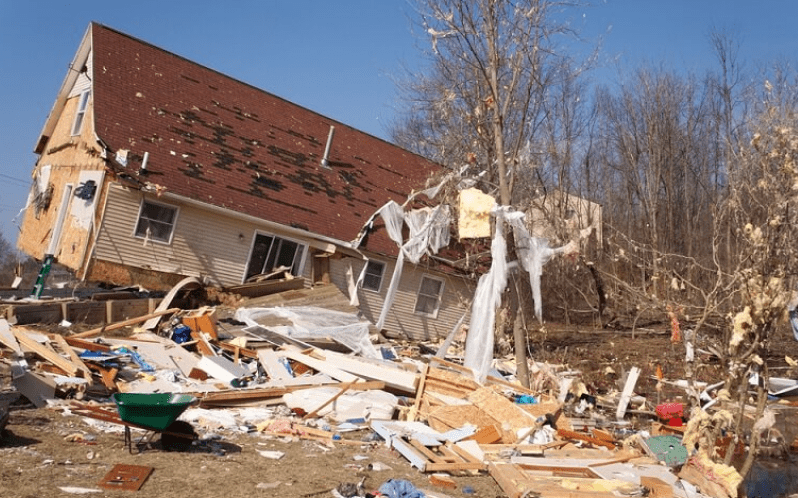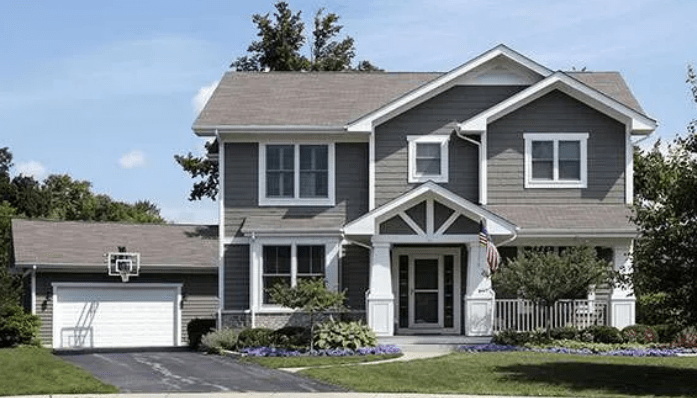Home insurance is a vital safeguard for homeowners, providing protection against various risks and disasters. It typically covers damage to your property, personal belongings, and liability claims, giving you peace of mind in the face of unexpected events. However, despite its comprehensive nature, home insurance does not cover everything. Understanding these limitations is crucial for ensuring that you have adequate protection for all potential risks. This article explores the common exclusions in home insurance policies, helping you identify gaps in coverage and consider additional protections.
1. Flood Damage
One of the most notable exclusions in standard home insurance policies is flood damage. While home insurance often covers water damage from burst pipes or sudden leaks, it typically does not extend to damage caused by floods. Flooding can result from heavy rainfall, storm surges, or melting snow, and can lead to significant damage to homes and personal property.
To protect against flood damage, homeowners need to purchase a separate flood insurance policy. In the U.S., the National Flood Insurance Program (NFIP) offers flood coverage, which can be supplemented by private insurers for additional protection. If you live in a flood-prone area, securing flood insurance is crucial, as flood damage can be extensive and costly.

2. Earthquake Damage
Earthquakes are another major risk that is not covered by standard home insurance policies. Earthquake damage can be severe, causing structural damage to your home and significant harm to your belongings. Since earthquakes can occur in areas that are not typically prone to such events, many homeowners are unaware of this gap in their insurance coverage.
To cover earthquake damage, you must purchase a separate earthquake insurance policy. These policies are available through private insurers and can provide coverage for structural damage, personal property, and even temporary housing expenses if your home becomes uninhabitable.
3. Wear and Tear
Home insurance is designed to cover sudden and accidental damage, not the gradual deterioration of property due to wear and tear. Insurance policies do not cover damage that results from neglect, lack of maintenance, or natural aging of materials. For instance, if your roof leaks due to its age or if appliances break down over time, these issues are typically not covered.
Regular maintenance and timely repairs are essential to prevent damage that could lead to costly repairs or insurance claims being denied. Keeping your home in good condition and addressing issues promptly can help avoid situations where insurance coverage might be limited due to wear and tear.
4. Negligence
Damage resulting from negligence or poor maintenance is another common exclusion in home insurance policies. For example, if a fire starts because you failed to properly maintain electrical wiring or if water damage occurs due to clogged gutters that were not cleaned, your insurance may not cover these claims. Insurers expect homeowners to take reasonable care of their property and to address potential hazards proactively.
Negligence can also affect liability coverage. If an accident occurs due to unsafe conditions that you failed to address, you might be held liable, and your insurance could deny coverage if negligence is found.
5. High-Value Items
High-value items such as jewelry, art, collectibles, and expensive electronics may not be fully covered under a standard home insurance policy. Policies typically have coverage limits for personal property, which can be inadequate for valuable items.
To ensure that high-value items are adequately protected, you may need to purchase additional coverage or endorsements. A personal property rider or scheduled personal property coverage can increase the limits and provide specific coverage for these valuable items. Documenting and appraising high-value items is also important to ensure they are adequately covered.
6. Business Activities
If you run a business from your home, your standard home insurance policy will generally not cover damages or liabilities related to your business activities. This includes damage to business equipment, loss of income due to business interruptions, or liability claims arising from business operations.
Home-based businesses often require a separate business insurance policy or an endorsement to your home insurance policy to cover these risks. A business owner’s policy (BOP) or a business property endorsement can provide coverage for business equipment, liability, and loss of income.

7. Intentional Acts
Home insurance policies do not cover damage or losses resulting from intentional acts. This includes damage you or someone living with you deliberately causes. For example, if you intentionally set fire to your home or vandalize your property, the insurance company will deny coverage for these claims.
Insurance is designed to protect against unforeseen and accidental events, not deliberate actions. Committing intentional acts can also have legal consequences beyond the scope of insurance coverage.
8. Maintenance Issues
Issues arising from poor maintenance are typically excluded from home insurance coverage. This includes problems like mold growth, pest infestations, and deterioration caused by neglect. While home insurance may cover damage resulting from a sudden event, ongoing issues due to lack of upkeep are generally not included.
For example, if mold develops due to a persistent leak that you did not repair, or if termites damage your home because of a lack of pest control, these issues are likely not covered. Regular inspections and maintenance can help mitigate these risks.
9. Acts of War and Nuclear Accidents
Damage resulting from acts of war, civil unrest, or nuclear accidents is not covered by home insurance policies. These types of events are considered beyond the scope of standard insurance coverage due to their catastrophic nature and the high level of risk involved.
Policies explicitly exclude coverage for damages caused by war, invasions, or nuclear reactions. These types of risks are generally not insurable through standard home insurance and often require specialized coverage or government assistance in extreme cases.
10. Certain Natural Disasters
While home insurance covers many natural disasters, there are exceptions. For instance, damage from landslides or sinkholes may not be included in standard policies. These events can cause significant structural damage, but they often require separate coverage or endorsements.
In regions where landslides or sinkholes are common, homeowners should investigate additional coverage options or endorsements to protect against these risks. Understanding local hazards and securing appropriate coverage can help ensure that you are adequately protected.
Tips for Addressing Coverage Gaps
- Review Your Policy
Regularly review your home insurance policy to understand what is covered and what is excluded. Consult with your insurance provider to clarify any uncertainties and ensure you have the appropriate coverage for your needs. - Consider Additional Coverage
Assess whether additional coverage or endorsements are needed to address specific risks not covered by your standard policy. This may include flood insurance, earthquake coverage, or business insurance. - Maintain Your Property
Regular maintenance and prompt repairs are crucial to prevent damage that could lead to claims being denied. Address issues such as leaks, electrical problems, and pest infestations before they escalate. - Document and Appraise High-Value Items
Keep an inventory of high-value items and obtain appraisals to ensure they are adequately covered. Update your coverage as necessary to reflect changes in the value of your possessions. - Understand Local Risks
Be aware of local risks and hazards that may affect your home. Research the types of natural disasters or environmental factors common in your area and secure coverage accordingly.
Conclusion
Home insurance is a critical component of financial security for homeowners, providing protection against various risks and disasters. However, it is important to understand the limitations and exclusions of your policy. By being aware of what home insurance does not cover, such as flood damage, earthquake damage, wear and tear, negligence, and high-value items, you can take proactive steps to secure additional coverage and address potential risks.
Regularly reviewing your policy, considering additional coverage options, maintaining your property, and understanding local risks will help ensure that you have comprehensive protection and peace of mind in the face of unexpected events.



